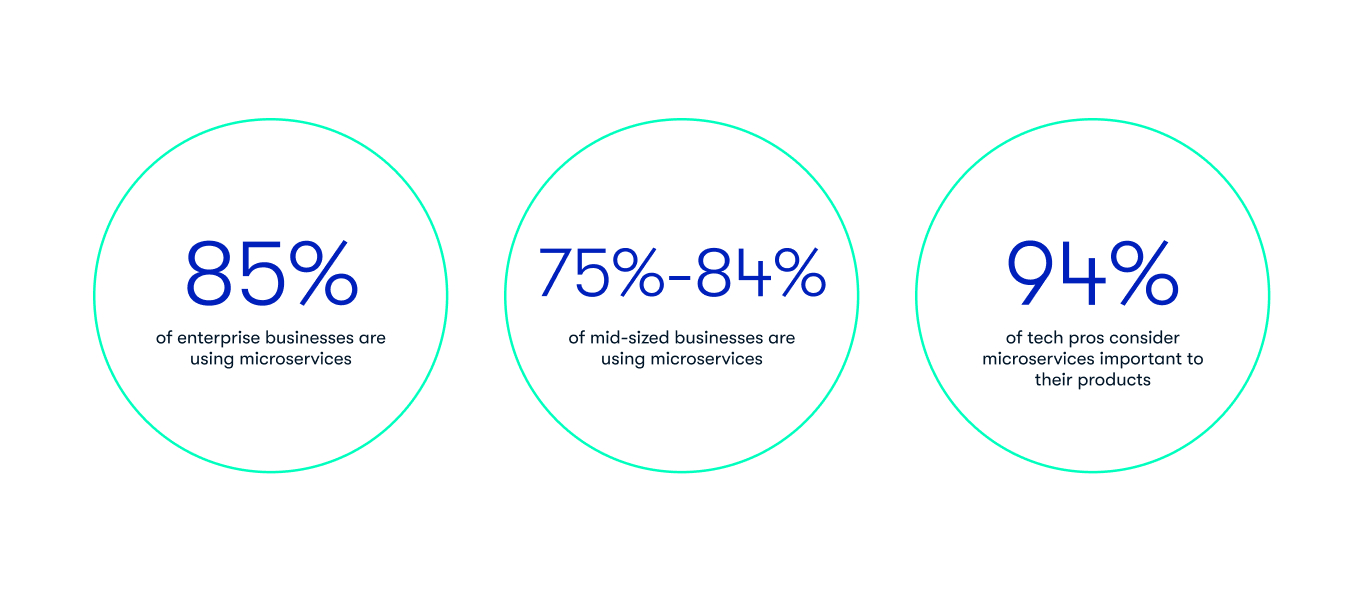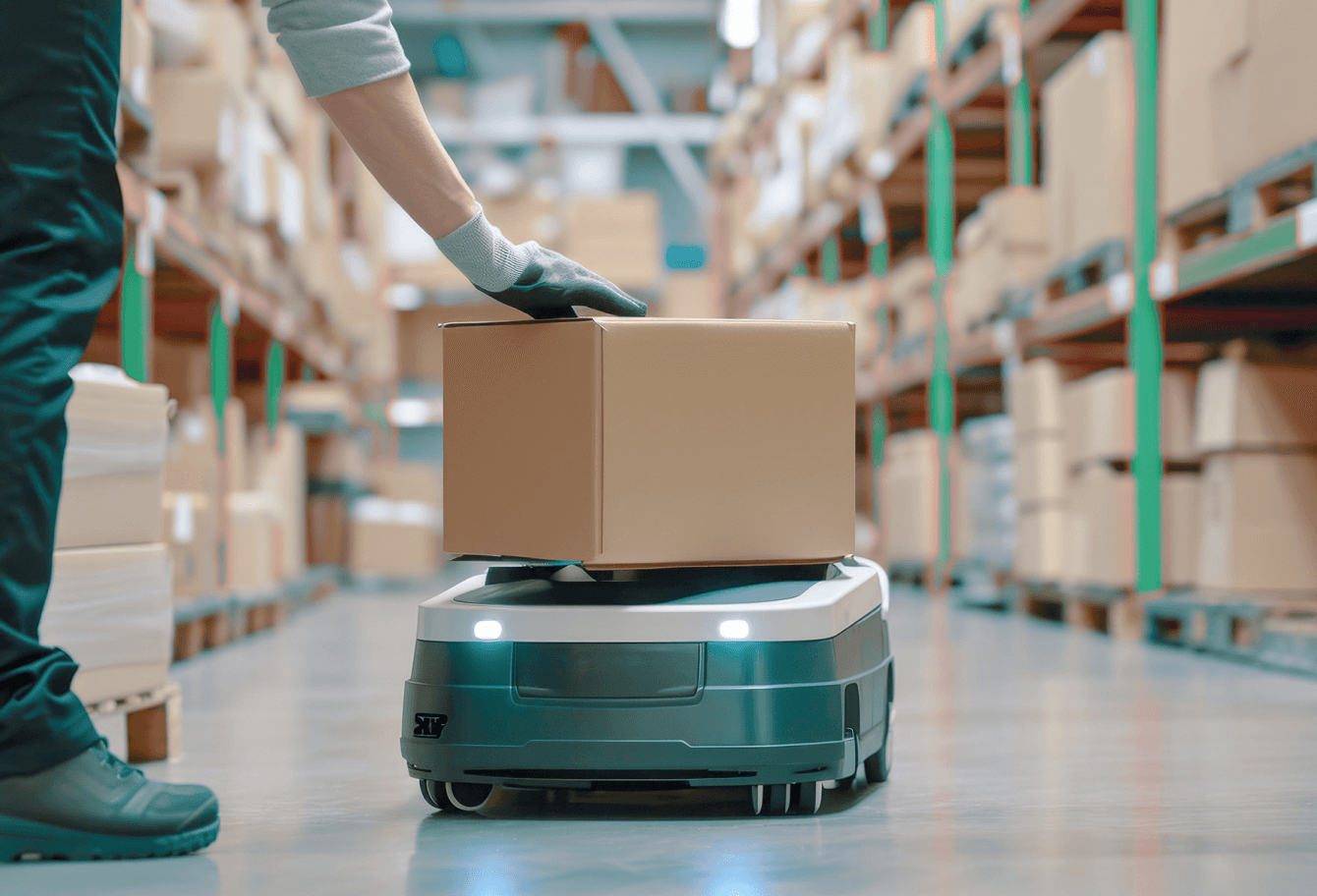Are you a retailer aiming to stay competitive? Consider this: a majority of businesses, including 85% of large enterprises and 75% to 84% of medium-sized companies, have already shifted to microservices architectures. This move is more than a change; it's an operational necessity, providing the scalability, agility, and flexibility needed for today's digital marketplace. Microservices have become fundamental to how companies operate in a global market and integrate artificial intelligence into their processes. The preference for this architectural style is widespread, with 94% of technology experts agreeing that microservices are critical for the delivery of their products and services. Retail leaders like Netflix, Uber, Etsy, and Amazon have already demonstrated the practical benefits of this approach, adapting quickly to market demands and customer needs through the use of microservices in their online platforms.

According to Market Research Future (MRFR), the global microservices architecture market is poised to escalate from USD 5.49 BN in 2022 to USD 21.61 BN by 2030, growing at an 18.66% CAGR throughout the assessment period (2023-2032).
Revenue Impact:
According to a study by Nucleus Research, companies migrating to microservices saw a 20% increase in annual revenue growth compared to those using monolithic systems.
Benefits of Migration:
 Scalability
Scalability
Microservices architecture allows retailers to scale individual components independently. This allows for precise resource allocation where needed, ensuring optimal performance during peak shopping seasons.
 Faster Development
Faster Development
Smaller, focused teams can work on individual microservices, accelerating development cycles. This enables retailers to rapidly roll out new features, updates, and bug fixes, providing a competitive edge in a fast-paced market.
 Improved Reliability
Improved Reliability
Microservices are designed to be fault-tolerant. If one service fails, it won’t bring down the entire system. This ensures that essential functions, such as checkout and inventory management, remain operational.
 Enhanced Customer Experience
Enhanced Customer Experience
Microservices enable the development of personalized and seamless customer experiences. Retailers can collect and analyze data from various microservices to offer tailored recommendations and streamline the shopping journey.
 Cost Efficiency
Cost Efficiency
By optimizing resource allocation and minimizing downtime, microservices can lead to cost savings in the long run.
Challenges in Migration:
 Complexity
Complexity
Breaking a monolithic system into microservices can be complex and requires careful planning. Deciding on service boundaries and data management strategies can be challenging.
 Coordination
Coordination
Coordinating multiple microservices and ensuring they work seamlessly together can be a significant challenge. Retailers need effective orchestration and monitoring tools.
 Data Management
Data Management
Handling data across distributed microservices can be tricky. Retailers have to implement robust data synchronization and consistency strategies.
 Testing
Testing
Testing becomes more intricate in a microservices environment. Retailers need to adopt comprehensive testing practices, including integration testing, to maintain system reliability.
 Security
Security
With more services communicating over networks, security becomes paramount. Retailers have to implement robust security measures, including authentication and authorization, to protect sensitive customer data.
Conclusion
The migration from monolithic to microservices architecture is a game-changer for retailers. It empowers retailers to be more agile, customer-focused, and competitive in a rapidly evolving marketplace. While the transition comes with its share of challenges, the long-term benefits in terms of scalability, speed, and customer satisfaction make it a strategic move that retailers cannot afford to ignore. As the retail landscape continues to evolve, expect to see more retailers embracing microservices architecture to stay ahead of the curve.
Ready to embrace the benefits of microservices architecture in your retail business? Contact us today for a personalized consultation.
Our team of experts is here to guide you through the migration process, ensuring a seamless transition and long-term success. Contact us now to transform your retail operations.
































